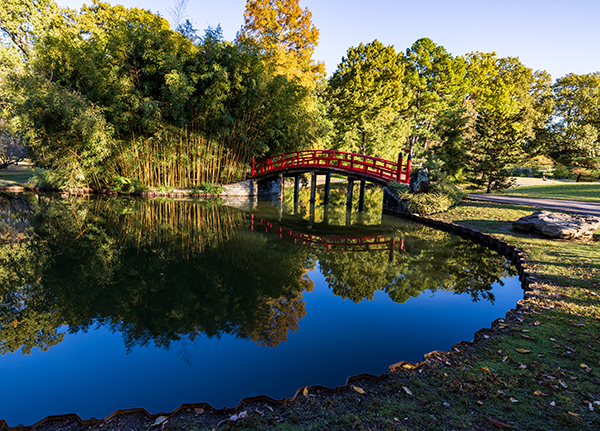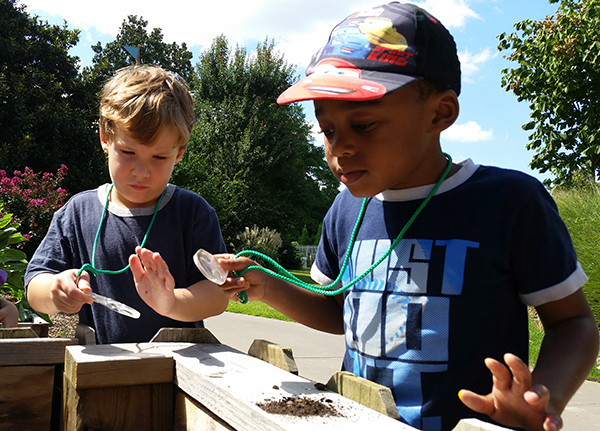

When the weather outside is frightful, gardeners can still comfortably indulge their green thumb with houseplants. A group of indoor plants experiencing a huge surge of popularity right now are tropical succulents; those fat-leafed, fat-stemmed little marvels that are popping up everywhere from boutique gift shops to big box stores to grocery store floral departments, and on nearly every social media outlet. With their compact growth habit, diverse shapes, and pleasing array of colors, it’s easy to see the appeal. One particularly striking group of succulents is the genus Echeveria, which bears symmetrical, rose-like clusters of waxy leaves in shades of pink, silver, blue, and purple. Echeveria ‘Perle von Nurnberg’ is a popular plump, rosy-lavender variety. Echeveria ‘Blue Curls’ has long blue leaves with heavily curled edges. Another fascinating group are the Kalanchoes, which often bear baby plantlets at every indentation along their scalloped leaves. Here at the Garden, we like to grow two Kalanchoe species, one known as “Mother-of-Thousands” and one, even more productive, known as “Mother-of-Millions.”
Succulents can be grown in individual pots, which allows each one to really fill out and reach its own unique and beautiful form, or can be grown in larger containers as mixed plantings of several different varieties. An arrangement of succulents is very appealing and can often look like an underwater seascape.
Succulents are easy to care for if one follows a few simple rules…

To keep your succulents happy, pot them in a fast-draining soil mix. (You can buy a mix made for succulents, or make your own by mixing sand and perlite into regular potting soil.) They also need a pot with a drainage hole. The goal is to be able to water them well, completely drenching the soil, then for that water to quickly drain away. Sitting in water is a death sentence for succulents. (Succulents can be maintained in a novelty planter with no drainage hole but measuring out just the right amount of water for them is tricky business and not for the faint of heart.) With succulents, it is always better to err on the side of too little water, rather than too much.
Succulents need bright light. Indoors, most varieties will be happiest in a south or west-facing window where they will get several hours of bright sun. An east-facing window may suffice if it is very bright. Keep in mind that the less light a succulent gets, the less water it will need, and the more susceptible it is to over-watering. In winter, light levels, in general, are reduced, and your indoor succulent that was happy over the summer may not be getting the light it needs. If you see the stem lengthening with ever greater space between the leaves, then your plant is stretching for light. Try moving it to a brighter spot.

If you haven’t already, don’t hesitate to join the craze and get started with growing succulents indoors! They’re fascinating little plants that don’t require much care. The best tip I can give you for growing them is probably this: if you’re not sure if they need water yet, then wait another week. They’ll thank you for it.
By Jill Maybry, Delta Garden & Butterfly Garden Curator








